Introduction
Chilled mung bean porridge, often hailed as a quintessential summer delicacy, has graced tables across Asia for centuries. This humble dish, rooted in tradition yet adaptable to modern palates, combines the earthy sweetness of mung beans with the invigorating coolness of refrigeration. Often referred to as lǜdòu tāng in Chinese or look choob nam khaen in Thai, this recipe transcends cultural boundaries, offering a universal remedy for sweltering heat. Beyond its refreshing qualities, mung bean porridge boasts a wealth of health benefits, making it a guilt-free indulgence. This article delves into the intricacies of crafting this timeless treat, from selecting the finest ingredients to mastering the perfect balance of sweetness and texture. Whether you seek to honor culinary heritage or simply crave a cooling escape, this guide will equip you with the knowledge to create a bowl of chilled mung bean porridge that rivals any artisanal offering.
The Humble Hero: Mung Beans
Mung beans (Vigna radiata) are the soul of this dish. These small, green legumes, native to the Indian subcontinent, have been cultivated for over 4,000 years. Their popularity stems from their remarkable versatility—they can be sprouted, ground into flour, or simmered into porridges. Nutritionally, mung beans are powerhouses, packed with protein, fiber, vitamins (such as folate and B vitamins), and minerals like magnesium and potassium. Their low glycemic index makes them suitable for diabetics, while their antioxidant properties combat inflammation. When selecting mung beans, opt for whole, unpolished varieties, as they retain more nutrients than their polished counterparts. Organic stores or Asian markets often stock premium-quality beans, but conventional grocery stores also carry acceptable options.
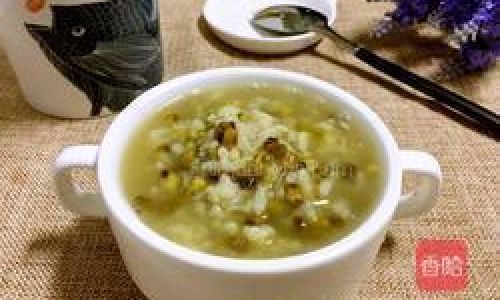
Ingredients: Building Blocks of Flavor
Crafting the perfect chilled mung bean porridge requires a harmonious blend of ingredients. While the recipe is forgiving, each component plays a pivotal role:
- Mung Beans (1 cup): The star ingredient. Rinse thoroughly to remove debris.
- Water (6 cups): For cooking the beans. Adjust based on desired consistency.
- Sweetener (½–¾ cup): Traditional choices include rock sugar, palm sugar, or honey. For vegan options, use agave or maple syrup.
- Rice or Job’s Tears (¼ cup, optional): Adds body and creaminess.
- Pandan Leaves (2–3 leaves, optional): Imparts a fragrant, floral aroma.
- Salt (¼ tsp): Enhances sweetness without overt salinity.
- Toppings (varies): Fresh fruit (mango, lychee), coconut milk, toasted sesame seeds, or crushed pistachios.
Tools of the Trade
Equip your kitchen with these essentials:
- Heavy-Bottomed Pot: Ensures even heat distribution, preventing scorching.
- Fine-Mesh Sieve: For rinsing beans and straining porridge.
- Blender or Food Processor: Achieves a silky-smooth texture (optional).
- Wooden Spoon: Avoids scratching cookware during stirring.
- Airtight Containers: For storing leftovers.
Step-by-Step Preparation
Preparing the Mung Beans
Begin by inspecting the beans. Discard any discolored or shriveled specimens. Rinse under cold water, agitating gently to remove dirt. For enhanced digestibility, soak the beans overnight in a bowl of water (cover by 2 inches). This reduces cooking time and softens the skins. If short on time, use the quick-soak method: boil beans for 2 minutes, then let sit covered for 1 hour.
Cooking the Porridge Base
Drain the soaked beans and transfer to a pot. Add 6 cups of water, pandan leaves (if using), and salt. Bring to a boil over medium-high heat, then reduce to a gentle simmer. Skim off any foam that rises to the surface. Cook uncovered for 30–40 minutes, stirring occasionally, until the beans are tender but not mushy. The beans should split easily when pressed between your fingers.
Sweetening and Thickening
Once the beans are cooked, add your chosen sweetener. Start with ½ cup and adjust to taste. For a richer porridge, incorporate cooked rice or Job’s tears during the last 15 minutes of cooking. This adds a subtle creaminess without dairy. Continue simmering until the mixture thickens to your liking—aim for a consistency between oatmeal and soup.
Blending for Smoothness (Optional)
For a velvety texture, use an immersion blender to purée the porridge directly in the pot. Alternatively, transfer batches to a countertop blender, taking care to vent the lid (hot liquids expand!). Blend until smooth, adding a splash of water if needed. Skip this step for a chunkier, rustic texture.
Chilling to Perfection
Pour the porridge into a heatproof container and let it cool to room temperature. Cover and refrigerate for at least 4 hours, or overnight. Chilling deepens the flavors and allows the porridge to set slightly. For immediate servings, nestle the container in an ice bath, stirring occasionally until chilled.
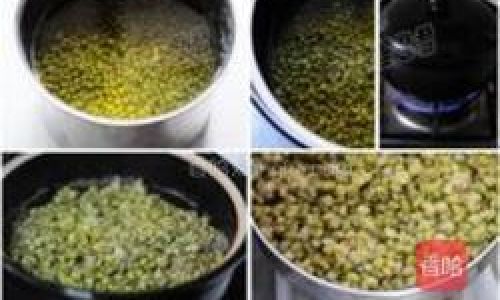
Serving with Flair
Ladle the chilled porridge into bowls. Elevate its presentation with garnishes: a drizzle of coconut milk, a sprinkle of toasted sesame seeds, or a medley of diced mango and kiwi. For a decadent twist, top with a scoop of vanilla ice cream or a dollop of Greek yogurt.
Troubleshooting Common Pitfalls
- Mushy Beans: Overcooking. Stick to the 30–40 minute window and test for doneness early.
- Watery Porridge: Simmer uncovered to reduce excess liquid. Next time, reduce the initial water quantity.
- Gritty Texture: Inadequate blending or undercooked beans. Ensure beans are fully tender before puréeing.
- Bland Flavor: Add a pinch of salt to brighten sweetness. Experiment with aromatic additions like ginger or lemon zest.
Health Benefits: More Than Just Refreshment
Beyond its palate-pleasing qualities, chilled mung bean porridge offers a host of health advantages:
- Hydration: The high water content combats dehydration during hot months.
- Digestive Aid: Fiber-rich beans promote gut health and regularity.
- Detoxification: Mung beans contain compounds that support liver function.
- Skin Health: Antioxidants like vitamin C and flavonoids combat free radicals.
- Weight Management: Low in calories and high in protein, it satisfies hunger without excess.
Cultural Variations Around the Globe
While the Chinese and Thai versions are most renowned, mung bean porridge appears in diverse guises:
- Korean Patbingsu: A shaved ice dessert topped with sweetened mung beans, condensed milk, and fruit.
- Vietnamese Che Dau Xanh: A layered dessert with mung beans, coconut milk, and jelly.
- Indian Moong Dal Halwa: A decadent, ghee-rich sweet often served during festivals.
Modern Twists: Reimagining the Classic
Elevate your porridge with contemporary flair:
- Spiced Infusion: Add a cinnamon stick or star anise during cooking.
- Herbal Notes: Mint or basil leaves steeped in the porridge post-cooking.
- Protein Boost: Stir in chia seeds or Greek yogurt before chilling.
- Boozy Kick: A splash of coconut rum or lime juice for adults-only servings.
Storing and Preserving
Leftover porridge keeps refrigerated for up to 5 days. Freeze portions in airtight containers for up to 3 months. Thaw overnight in the fridge and reheat gently, adding a splash of water to restore consistency.
Conclusion: A Bowl of Cultural Resonance
Chilled mung bean porridge is more than a dish—it’s a testament to culinary wisdom passed through generations. Its simplicity belies its ability to nourish, refresh, and delight. Whether you savor it as a nostalgic throwback or a modern gastronomic adventure, this recipe invites creativity. Adjust sweetness, experiment with textures, and let your taste buds guide you. In a world of fleeting trends, mung bean porridge endures—a timeless ode to the art of slow cooking and the joy of shared meals. So, the next time the sun blazes overhead, take solace in your kitchen, where a pot of simmering beans holds the promise of cooling respite.
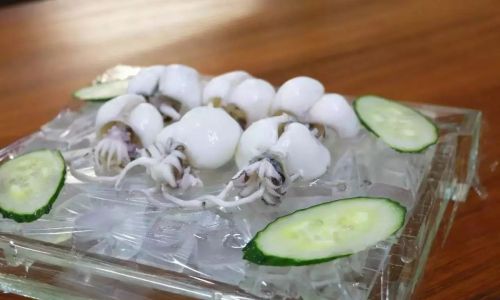
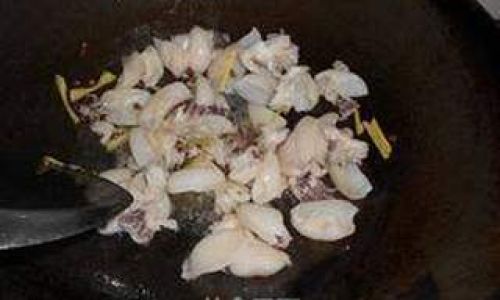
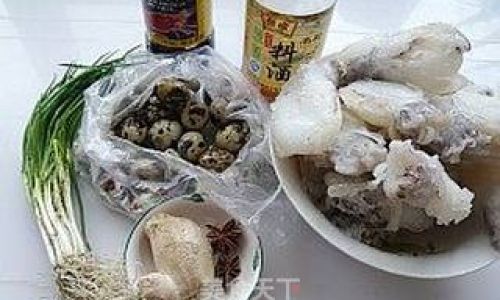

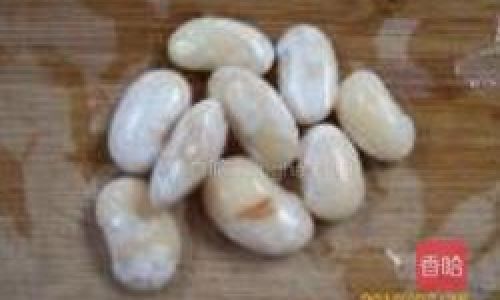
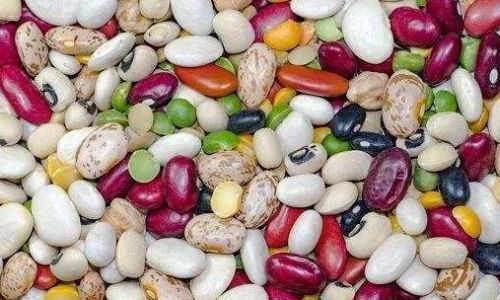
0 comments